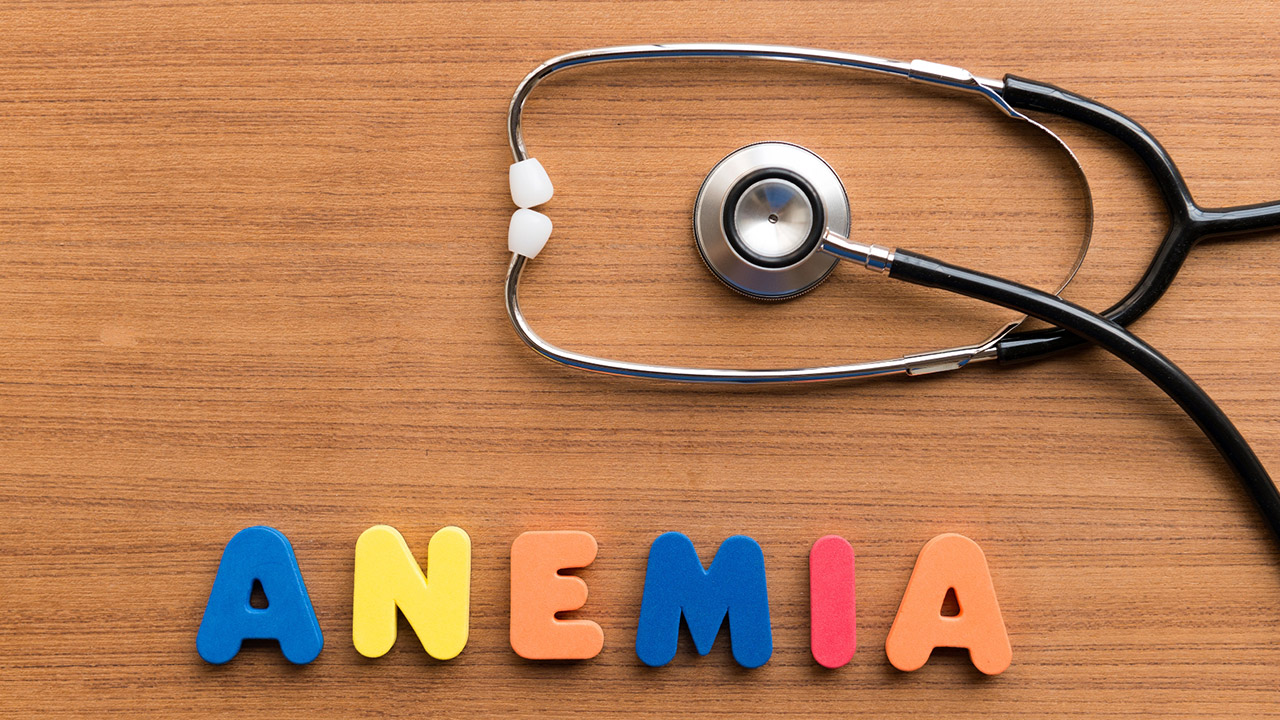Anemia is the most common blood disorder. It is a condition that affects the red blood cells. It is either there is not much of it or they do not have enough hemoglobin, which brings oxygen to other cells and tissues in the body.
It affects more than 3 million Americans.
Oxygen is one of the essential components in order for cells to function. When they do not receive enough, the organs also suffer. Thus, anemic patients tend to feel weak or easily get tired. In severe cases, they can hardly function.
Causes
A person can have any of the 400 different types of anemia. However, these are often classified into major categories:
- Blood Loss: Blood loss or bleeding can occur for a variety of reasons, and it does not have to be sudden. Sometimes it is undetected such as when you suffer from internal bleeding, perhaps due to an injury or an illness like late stages of different types of cancer. Women are more anemic due to blood loss because of menstruation. If you regularly donate blood, you can develop anemia. That is why you are advised to rest and donate again only three months after your previous contribution.
- Insufficient Production: The body produces red and white blood cells via the bone marrow. Sometimes, however, it does not produce enough red blood cells perhaps due to a disease or a defect in the production process. One of the typical types of anemia under this category is sickle-cell anemia. It derives its name from the shape of the red blood cells, a sickle. It is diagnosed among men and women with African-American descent. The body produces red blood cells, but they die very quickly before the oxygen they carry reaches the other blood cells.
- Deficiency of vitamins and minerals: The body requires vitamins and minerals to allow cells to do their jobs. Nutrients from food are broken down in the gut and then transported to various cells through the bloodstream. Some of these end up in the bone marrow, which produces stem cells. Stem cells then become blood cells. Vitamin-deficiency anemia occurs when these red blood cells do not receive the right or enough amounts of vitamins such as B12 and minerals like iron. Iron helps the red blood cells in producing hemoglobin. Aside from giving the cells its color, it is also responsible for binding oxygen and delivering it to different blood cells. It is also possible that you have enough of these vitamins and minerals, but your body absorbs them poorly.
- Other blood disorders: Anemia may be a symptom which may cause leukemia. Leukemia is a malignant blood cancer characterized by overproduction of white blood cells. They either do not die or the bone marrow creates immature cells. In turn, they prevent red blood cells from functioning correctly. Autoimmune hemolytic anemia is a rare disorder and these disease symptoms are much unknown.
Anemia may also be associated with certain risk factors including the following:
- Race: Some ethnicities are susceptible to anemia. Thalassemia is the anemia caused by immature red blood cells is common among people.
- Family history: If any family members or relatives are diagnosed with anemia, it is more likely that you suffer from the same disease.
- Chemical Exposure: Lead is a fatal chemical that can cause anemia. It restricts the bone marrow from producing red blood cells.
- Other diseases: Anemia can be a result of another disease such as hypothyroidism and late-stage kidney disease.
Symptoms
- Loss of energy
- Fatigue
- Weakness
- Difficulty in concentration
- A headache or dizziness
- Rapid heart rate
- Insomnia
- Joint pain
- Unusual hunger
- Pale skin
- Tingling sensation in the limbs
- Paranoia
- Vomiting and nausea
- Pain in the abdomen
- Jaundice
- Ulcer
- Infections
- Learning disability among children
Who to See and Types of Treatments Available
Anemia can be diagnosed by a family doctor.
To diagnose anemia, it is advisable to get two examinations done: CBC (complete blood count) and physical. CBC determines the level of your hemoglobin and red blood cells. In general, the normal level of hematocrit is around 35% to 47% for females. It is higher for males.
In the physical exam, the doctor may confirm your symptoms, such as your heart rate, the level of pain, and skin discoloration. The doctor may also request for more comprehensive exams, including a visual of your red blood cells.
The doctor will decide the plan of treatment depending on the type of anemia that you have. Depending on the symptoms, the following may be necessary:
- Blood transfusion especially in severe cases
- Stem cell or bone marrow transplant
- Treat the underlying causes such as kidney disease, cancer, or gastrointestinal disorders
- Prevent infections through antibiotics
- Undergo chelation to remove lead
- Increase production of red blood cells with erythropoietin drugs









